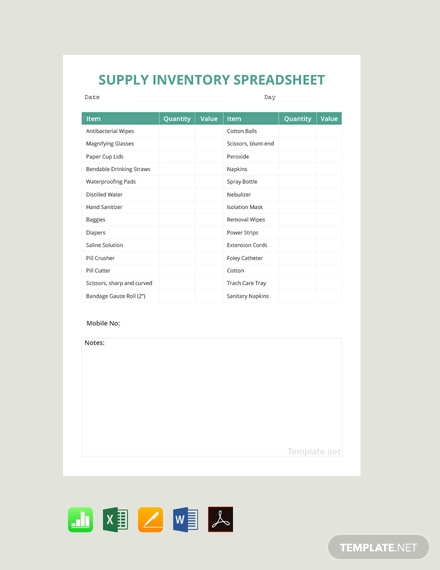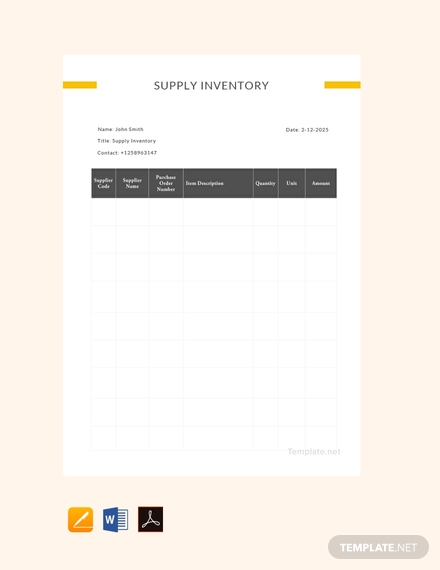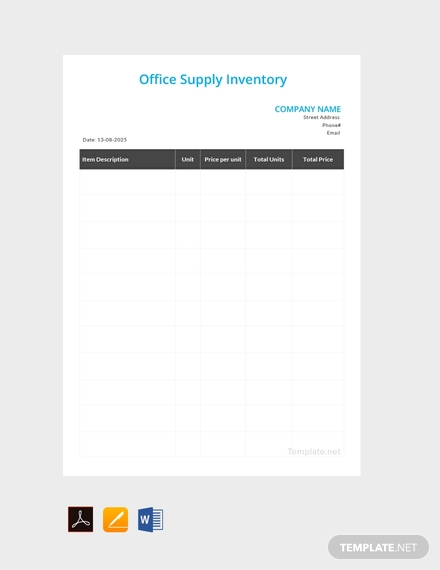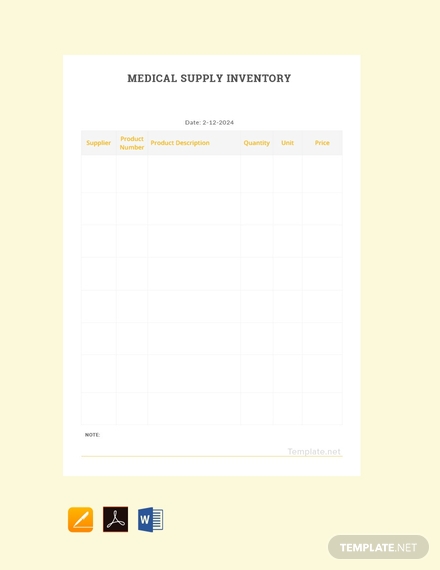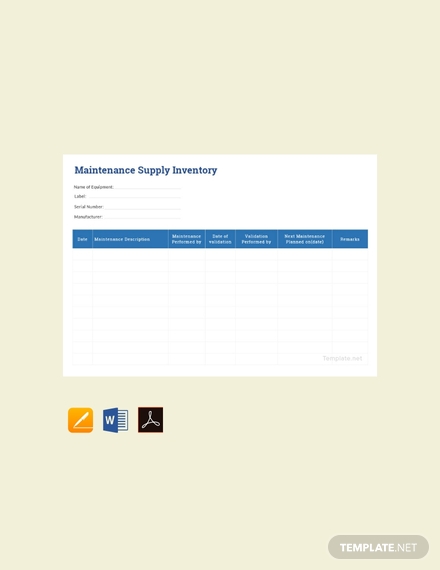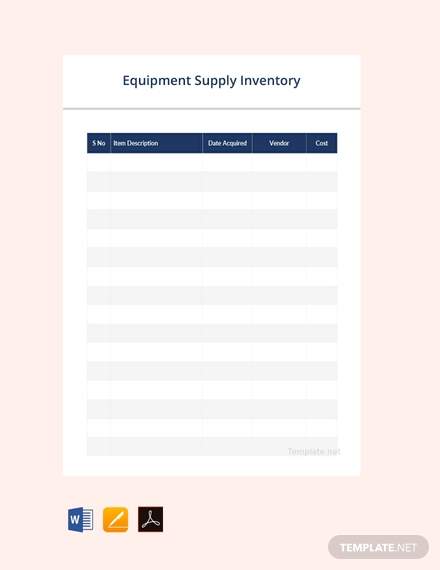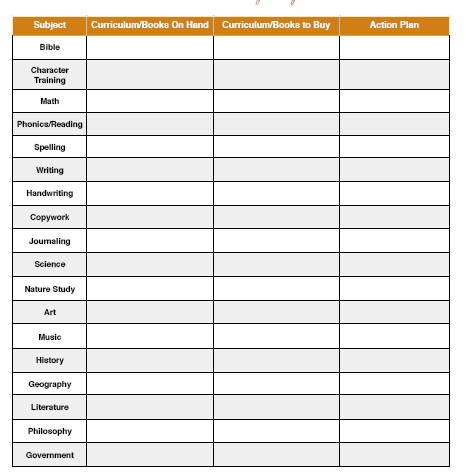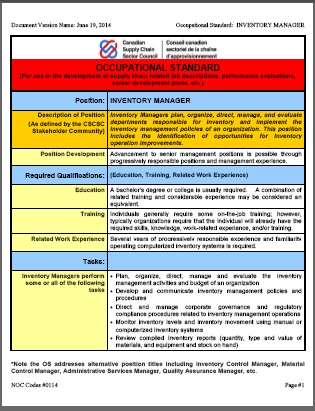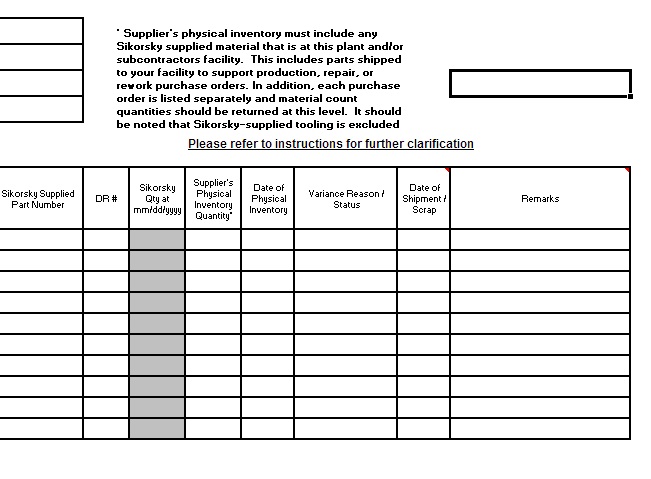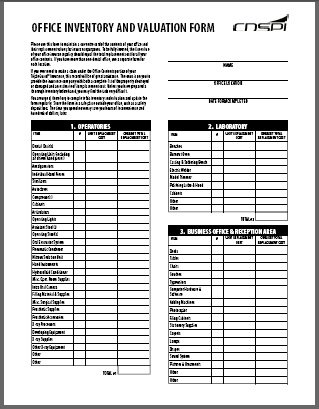9+ Supply Inventory Examples to Download
Inventories play an integral role in supply chain and management. By having an inventory for the various supply chain operations, as a business analyst, you will be informed about the demand for each item prior to the shortage state. If the supply inventory is crafted perfectly it will be easy for you to track the items and their profit and loss margin in your business.
Creating a supply inventory on your own would be tricky if you don’t know how to handle the editing software. Here come ready-made templates and examples, which you can use to record the details about your business supply activities. Let’s see all of them one by one.
Supply Inventory Templates & Examples
1. Free Supply Inventory Spreadsheet Template
Attached is a sample supply inventory spreadsheet template, which you can use for your business logistics operations. This simple template comes in a simple layout to give a formal and professional look for the inventory. Anyone who involves in logistics operations can use this template as it is easy to make simple corrections and updates. This spreadsheet includes six columns for storing the details of item, quantity and value in two different sets. Under the shipping and transportation part, there is a separate column for date, day, mobile number and note if anything to announce. This template is a perfect fit and can be used by any logistics companies especially the one which involves shipping on a daily basis.
2. Free Sample Supply Inventory Template
This template can be edited in popular platforms such as google docs, ms word, pages and editable pdf. This simple template contains seven columns each for storing the details such as supplier code, supplier name, purchase order number, item description, quantity, value and amount. Along with the shipping details, the sheet has also left the place for highlighting the name, contact number, title and date. The white and yellow colour combination gives it an elegant look and enhances the standard look. Download this template for free.
3. Free Office Supply Inventory Template
Office supply inventories are specially made for noting down the supply details of the office. This template comes in a simple square box format. Each cell has been built with the sizeable space to add the details in large. The total five columns comprise the details of the item description, unit, the price per unit, total units and total price. In the header part, there has been a sizeable space left over to add the company details. Download this template for free.
4. Free Medical Supply Inventory Template
It is apparent that in the medical field, without the usage of inventory, you can’t remember all the details by heart during the supply process. Here comes the need for making a medical supply inventory. By creating this inventory, you will be easily storing the supply details such as supplier, product code, description, quantity, unit and price. Download this template for free.
5. Free Maintenance Supply Inventory Template
One of the basic objectives of the supply chain management is to check and monitor various shipment items, activities and their functions in and around the company. To ensure the efficiency in the supply chain management, the business must ensure the efficiency in the supply inventory. In order to achieve this, you can use this sample template and improve the efficiency in the supply chain operations.
6. Free Equipment Supply Inventory Template
Companies that are exporting equipment to their clients and other companies should use inventory list in order to eliminate future difficulties. With this template, you can list out the number of items being shipped from your place to another place along with their price, quantity and value.
7. Simple Supply Inventory Template
For small business owners, it is important to use the inventory that looks simple yet informative. Since the simple inventories help in the efficient business management, business owners and the supply chain managers acknowledge the importance of using an inventory for their business. Get this template by modifying it as per your requirements.
8. Merchandise Supply Inventory Template
Having a supply inventory like the one attached will help you in balancing the demand with supply. It also helps in the forward and reverses flows of the supply chain. When companies need to manage the supplier exchanges and customers demands, inventories help them achieve in an easy way.
9. Excel Supply Inventory Template
The sample template attached has been used for storing the basic supply information using the excel sheet. Using excel sheet eases your tasks while comparing to the word file formats. By working in the spreadsheets and the excel file formats, it will make your editing process easier. Download the format and make a copy of it.
10. Office Supply Inventory List Template
While most of the suppliers tend to stock more than enough raw materials, they think creating an inventory is a waste of time. But stocking the items could lead to overstock and loss sometimes. So it is important for any business to use the supply inventory in order to eliminate excess stock, shortage and to stay balanced.



